When the first Archaeopteryx fossil was discovered in 1861 in a limestone quarry in southern Germany, it ignited a scientific controversy that continues to this day. This crow-sized creature with teeth, a bony tail, and feathered wings represents one of paleontology’s most important transitional fossils. For over 150 years, scientists have debated whether Archaeopteryx should be classified as the first bird or the last dinosaur—a question that challenges our understanding of evolution and the boundaries between major animal groups.
As we’ll explore, the answer isn’t straightforward, reflecting the continuous nature of evolutionary change rather than the neat categories humans prefer to create.
The Spectacular Discovery

The first Archaeopteryx specimen, now known as the London Specimen, emerged during the same era that Darwin published “On the Origin of Species.” Found in the Solnhofen limestone of Bavaria, Germany, this fossil became an immediate sensation in scientific circles. The exceptional preservation quality of the Solnhofen limestone captured even the delicate impression of feathers—a truly remarkable find.
Since that initial discovery, only twelve specimens have been unearthed, making Archaeopteryx fossils among the rarest and most valuable paleontological treasures in the world. The timing of this discovery was particularly significant as it provided compelling evidence for Darwin’s newly published theory of evolution by showing what appeared to be a perfect transitional form between reptiles and birds.
Archaeopteryx’s Unusual Anatomy
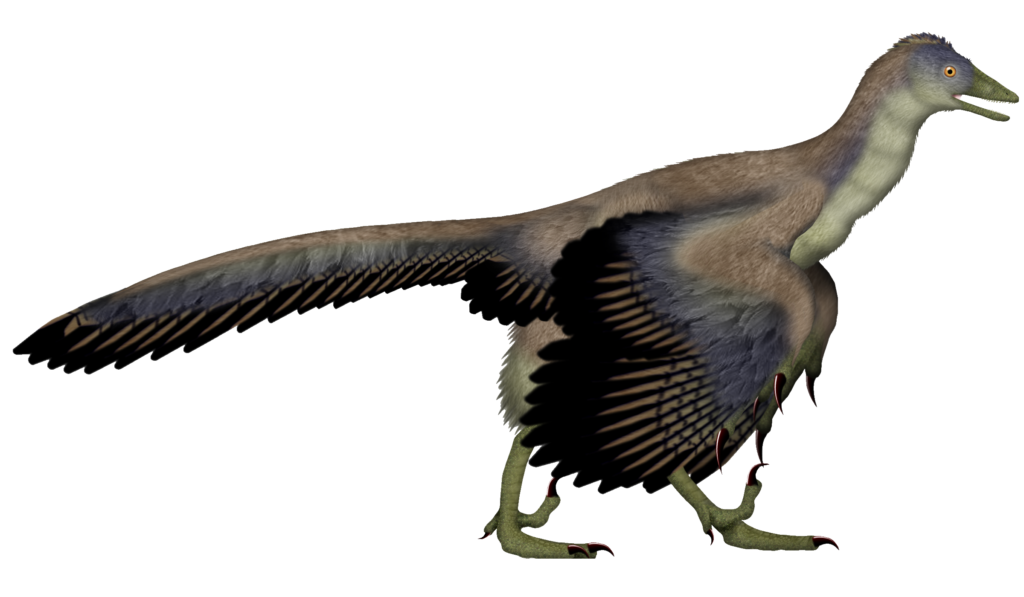
What makes Archaeopteryx so fascinating is its mosaic of features from both dinosaurs and modern birds. Its dinosaurian characteristics include a full set of teeth, a long bony tail, three clawed fingers on each hand, and a relatively flat breastbone. In contrast, its avian features consist most notably of well-developed feathers on its wings and tail that appear suitable for flight, though perhaps not as efficiently as modern birds. Archaeopteryx also possessed a furcula (wishbone)—a feature found in birds but also in some theropod dinosaurs.
This combination of characteristics perfectly illustrates an evolutionary transition, showing how features we associate with birds didn’t all appear simultaneously but rather accumulated gradually over time through natural selection. The creature stood approximately 50 centimeters tall and weighed between 0.8 to 1 kilogram, dimensions similar to a modern raven.
Dating and Time Period
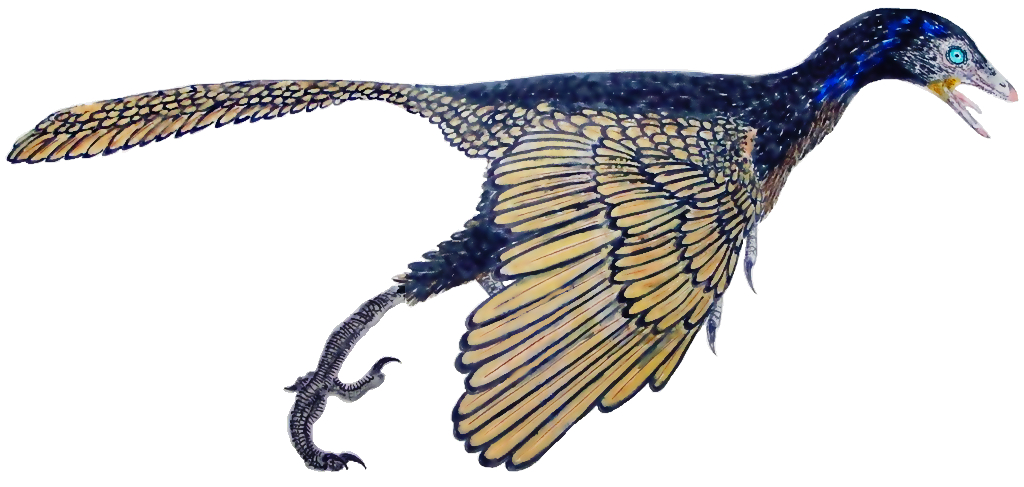
Archaeopteryx lived during the late Jurassic period, approximately 150-148 million years ago. This places it in an era when dinosaurs dominated the landscape but well before the massive extinction event that would eliminate non-avian dinosaurs 66 million years ago. During this time, the region that would become Bavaria was a tropical archipelago of islands surrounded by a shallow sea, much like the modern Caribbean. The warm, tropical climate supported a diverse ecosystem of plants and animals, including pterosaurs, small theropod dinosaurs, and primitive mammals.
Understanding this temporal context is crucial—Archaeopteryx appeared roughly 90 million years after the first dinosaurs and about 85 million years before the first recognizably modern birds, highlighting its position within the lengthy evolutionary transition from dinosaurs to birds.
The Feather Revolution
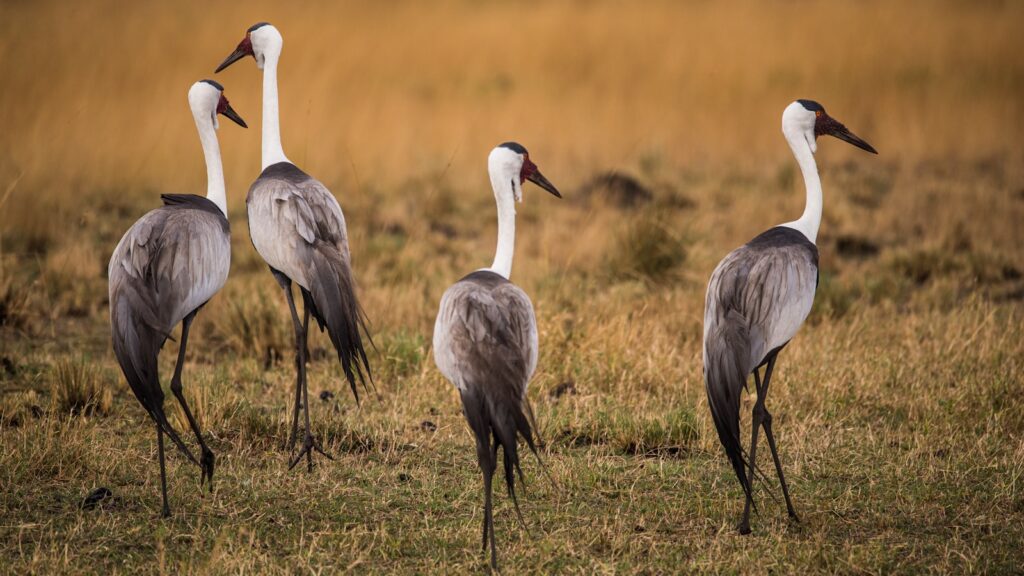
The feathers of Archaeopteryx represent one of its most significant features and provide compelling evidence of its relationship to modern birds. Unlike the simple filamentous structures found in some dinosaurs, Archaeopteryx possessed asymmetrical flight feathers similar to those of contemporary flying birds. The asymmetry in these feathers—where the shaft is closer to the leading edge—creates an airfoil shape that facilitates lift during flight. Microscopic analysis of these fossils has revealed the presence of melanosomes, cellular structures that contain pigment, suggesting that Archaeopteryx likely had black feathers.
Beyond flight, these feathers would have served multiple functions, including insulation, display, and possibly helping to stabilize the creature during running or while capturing prey. This sophisticated feather structure represents a key evolutionary innovation that would ultimately redefine vertebrate adaptation to the skies.
Could Archaeopteryx Fly?
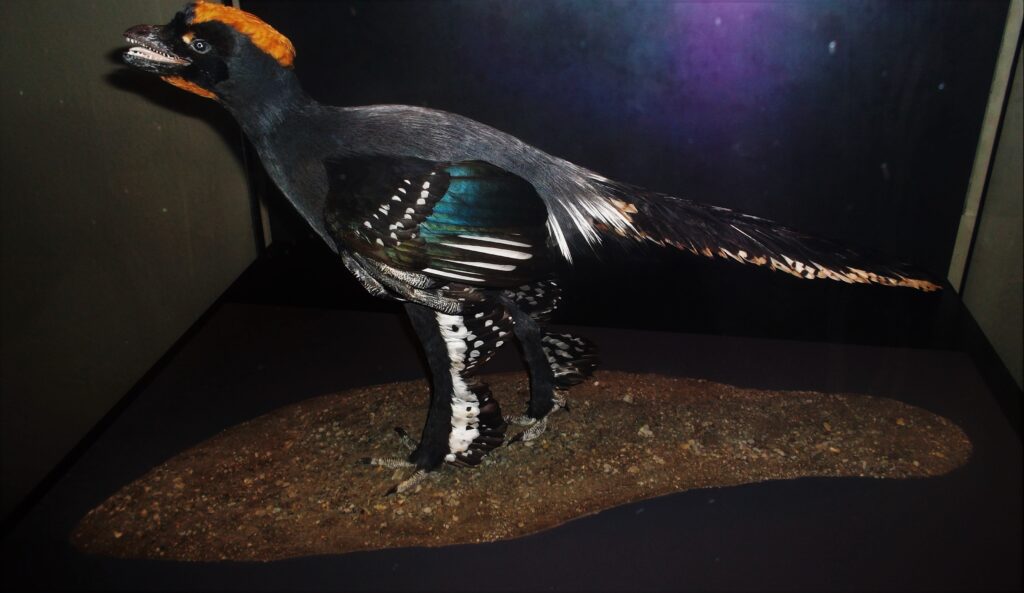
The flight capabilities of Archaeopteryx remain one of the most debated aspects of this ancient creature. While it possessed feathered wings and other flight-related adaptations, its flight abilities were likely limited compared to modern birds. Computer modeling based on skeletal structure, particularly the shoulder joint and breastbone, suggests Archaeopteryx could not perform the powerful upstroke required for sustained flapping flight. Instead, it may have been capable of gliding from elevated positions and perhaps short bursts of powered flight.
Some researchers propose it utilized a primitive form of flight similar to pheasants today—rapid takeoffs for short distances to escape predators. Others suggest Archaeopteryx might have been primarily arboreal, using its wings to glide between trees in the forested islands where it lived. The presence of asymmetrical flight feathers strongly indicates some aerial capability, even if it is quite different from the refined flight of modern birds.
Hunting and Dietary Habits

Archaeopteryx was equipped with sharp teeth and clawed hands, suggesting it was a carnivorous predator rather than a seed or fruit eater like many modern birds. Analysis of the few specimens with preserved stomach contents indicates a diet consisting primarily of small vertebrates and arthropods, including ancient insects, small lizards, and possibly fish from the surrounding lagoons. Its binocular vision, indicated by the placement of its eye sockets, would have been advantageous for hunting, allowing precise depth perception when targeting prey.
Researchers believe Archaeopteryx may have been an opportunistic hunter, combining ground foraging with the ability to pursue prey in short aerial bursts. The retention of grasping hands with sharp claws—unlike modern birds that have transformed forelimbs entirely into wings—suggests Archaeopteryx might have used these appendages to capture or manipulate prey before delivering a killing bite with its toothed jaws.
The Dinosaur-Bird Connection

Modern paleontology has firmly established that birds evolved from a group of dinosaurs called theropods—the same group that includes famous predators like Velociraptor and Tyrannosaurus rex. Archaeopteryx shares numerous skeletal features with small theropod dinosaurs, particularly dromaeosaurids (raptor dinosaurs). These similarities include the structure of the pelvis, the presence of a furcula (wishbone), air-filled bones, and three-fingered hands. In fact, if the feather impressions had not been preserved in the Archaeopteryx fossils, paleontologists might have classified it simply as a small dinosaur.
The discovery of numerous feathered dinosaurs in China since the 1990s has further strengthened this connection, revealing that many features once thought unique to birds actually appeared first in their dinosaurian ancestors. This evidence demonstrates that the transition from dinosaur to bird was gradual, with aviation-related features evolving first for other purposes like display, insulation, or balance before being co-opted for flight.
Evolutionary Context
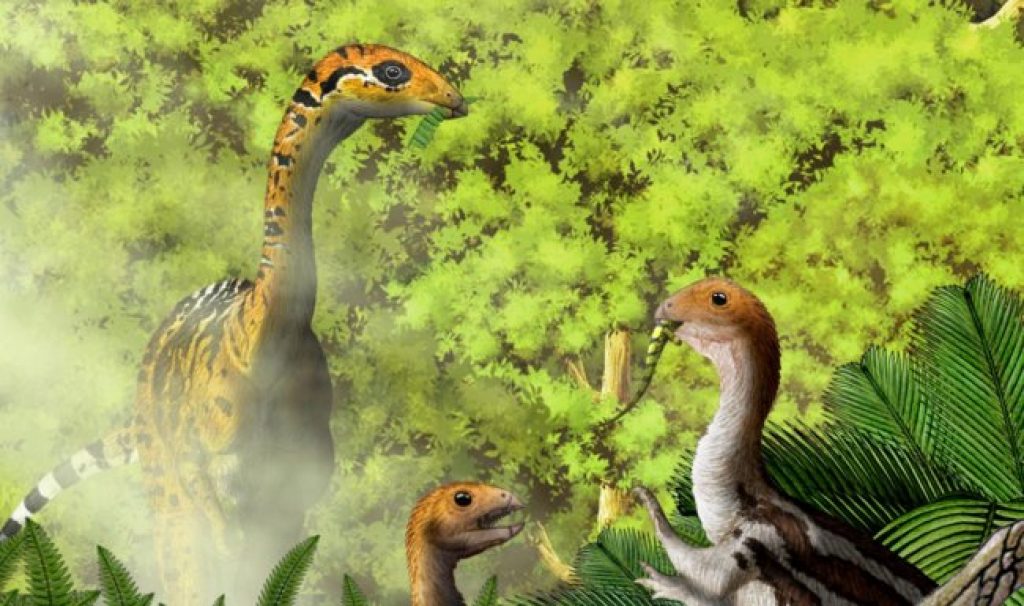
Archaeopteryx doesn’t stand alone in the evolutionary transition from dinosaurs to birds but represents one particularly well-preserved snapshot of this transformation. More recent fossil discoveries have revealed a whole series of intermediate forms, some more bird-like than Archaeopteryx and others more dinosaur-like. Species such as the Microraptor with four wings, Anchiornis with elaborate feathered limbs, and Xiaotingia with similar transitional features have created a much richer picture of avian evolution.
Many of these other transitional fossils come from the Liaoning Province in China, where exceptional preservation conditions similar to those in Solnhofen have yielded remarkably detailed specimens. This broader context suggests that Archaeopteryx was not necessarily a direct ancestor of modern birds but rather one of several evolutionary experiments in early bird-like dinosaurs during the Middle to Late Jurassic period. The evolution of birds from dinosaurs now appears to have involved multiple lineages exploring different adaptations for an arboreal lifestyle and primitive flight.
Classification Controversies

The taxonomic placement of Archaeopteryx has shifted repeatedly as our understanding of dinosaur-bird relationships has evolved. Initially hailed as the “first bird” and classified in Aves (the bird class), some recent cladistic analyses have suggested it might fall just outside the avian group, making it a very bird-like dinosaur rather than the first true bird. This debate reflects the inherent difficulty in drawing definitive lines in a continuous evolutionary process.
Some researchers now place other fossils like Xiaotingia or Aurornis as potentially earlier birds than Archaeopteryx, though these classifications remain controversial. The challenge stems partly from how we define “bird”—if flight capability is the criterion, many dinosaurs with limited aerial abilities might qualify; if genetic relationship to modern birds is key, the designation depends on precise phylogenetic analysis that continues to evolve with new discoveries. Rather than diminishing its importance, these debates highlight Archaeopteryx’s crucial position at the dinosaur-bird transition, regardless of which side of an arbitrary line it ultimately falls.
Archaeopteryx in Popular Culture

Few prehistoric creatures have captured the public imagination quite like Archaeopteryx, which has become an icon of evolution and scientific discovery. It features prominently in natural history museums worldwide, with casts of the Berlin Specimen in particular displayed as centerpieces in major institutions. Archaeopteryx has appeared in numerous documentaries, including BBC’s “Walking with Dinosaurs,” where it was portrayed as an early experiment in flight.
In literature, it has been featured in works ranging from science fiction novels to children’s books about dinosaurs and evolution. The creature has also become a symbol in the evolution-creationism debate, with its clear transitional nature making it a frequent target of creationist arguments attempting to discredit evolutionary theory. Despite being known from only a dozen specimens, Archaeopteryx has achieved a cultural prominence far beyond most fossil species, serving as a tangible example of evolution in action and the fluid boundaries between major animal groups.
Research Milestones

Scientific understanding of Archaeopteryx has evolved dramatically since its discovery, with technological advances enabling increasingly sophisticated analyses. In the 1970s, John Ostrom’s detailed comparisons between Archaeopteryx and small theropod dinosaurs revolutionized views on dinosaur-bird relationships, contradicting the then-popular notion that birds evolved from earlier reptiles.
The 1990s brought significant advances through CT scanning technology, allowing scientists to examine the brain case of Archaeopteryx and determine it had the neurological equipment necessary for flight. In 2011, UV light analysis of the feather impressions revealed previously unseen details of the feather structure and even evidence of the original coloration.
More recently, synchrotron imaging has allowed researchers to identify chemical traces of the original soft tissues, providing clues about its metabolism and physiology. Each technological breakthrough has added new dimensions to our understanding of this remarkable creature, transforming it from a curious “missing link” to a complex organism studied in its own right.
The Living Environment

During the Late Jurassic period when Archaeopteryx lived, the Solnhofen region of modern Germany consisted of small islands in a shallow, warm lagoon similar to the modern Bahamas. This environment featured a diverse ecosystem with abundant marine life in the lagoons, including ancient fish, ammonites, and various invertebrates.
The islands themselves supported forests of primitive conifers, cycads, and tree ferns, creating a complex three-dimensional environment that would have favored the evolution of gliding and primitive flight capabilities. The tropical climate provided year-round warm temperatures, though the region experienced seasonal dry periods. This island habitat may have been crucial in driving the evolution of flight-related adaptations, as the ability to move between isolated patches of forest would confer significant advantages.
The exceptional preservation of Archaeopteryx fossils resulted from these specimens being washed into the oxygen-poor lagoon waters after death, where they were quickly covered by fine limestone mud and preserved without significant decomposition or scavenging.
Legacy and Ongoing Questions

Archaeopteryx continues to raise fundamental questions about how we categorize nature and understand evolutionary transitions. While taxonomy attempts to place organisms into discrete groups, evolution operates as a continuous process, creating transitional forms that defy neat classification. Modern research focuses less on whether Archaeopteryx was “the first bird” and more on understanding its biology, ecological role, and evolutionary context.
Questions remain about its complete life history—did it nest like dinosaurs or birds? How did it grow from hatchling to adult? Was it warm-blooded, and to what degree? Each new specimen and analytical technique brings us closer to answering these questions.
Perhaps most importantly, Archaeopteryx reminds us that evolution does not proceed with a predetermined goal; birds did not evolve because flight was inherently “better,” but rather because specific environmental pressures in specific contexts favored certain adaptations that eventually led to modern avian features. This perspective represents one of Archaeopteryx’s greatest contributions to science—a tangible demonstration of evolution’s creative yet undirected nature.
Conclusion: Beyond Categories
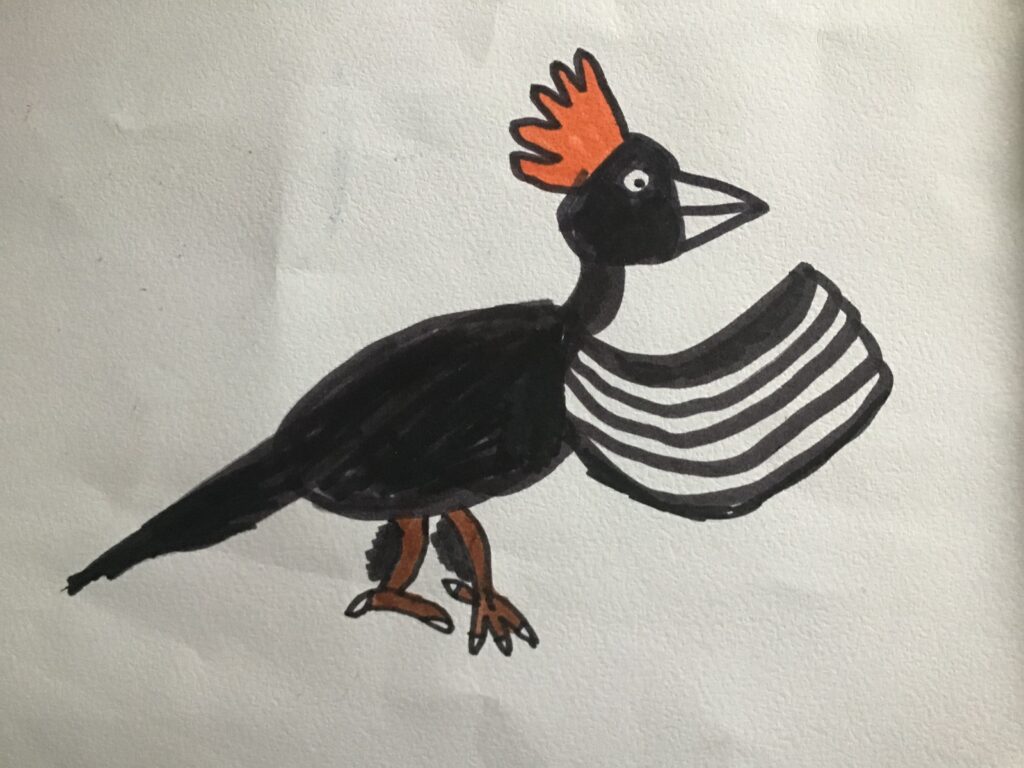
So, was Archaeopteryx the first bird or the last dinosaur? The answer illuminates more about human cognitive tendencies than about the organism itself. Nature does not conform to the discrete categories we create for our convenience. Archaeopteryx existed at a time when the distinction between dinosaur and bird was practically meaningless—it simply embodied characteristics of its ancestors while developing adaptations that would become common in its descendants.
Modern birds are, in a very real sense, highly specialized dinosaurs that survived the mass extinction event 66 million years ago. In this light, Archaeopteryx stands not as the first or last of anything, but as a magnificent example of evolutionary transition—a snapshot of one moment in the continuous transformation of life on Earth.
Its enduring scientific value lies precisely in this boundary-crossing nature, challenging us to see evolution not as a ladder but as a branching bush where distinctions between major groups blur at their interfaces. Whether classified as bird or dinosaur, Archaeopteryx remains an extraordinary window into our planet’s dynamic history.



